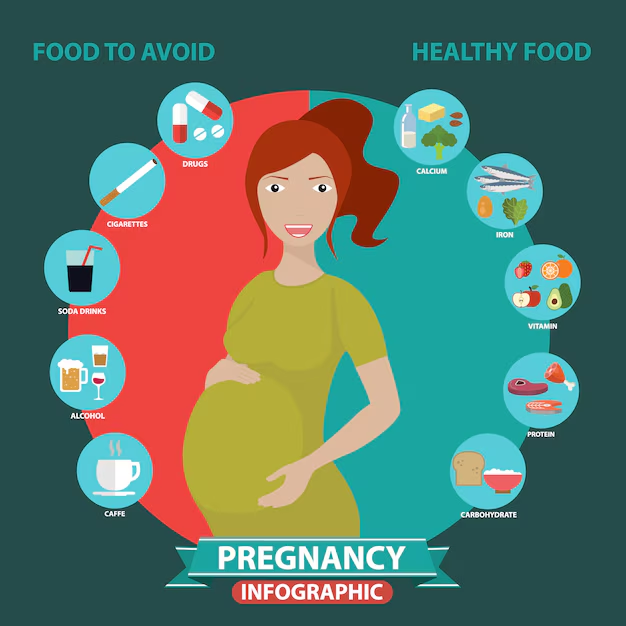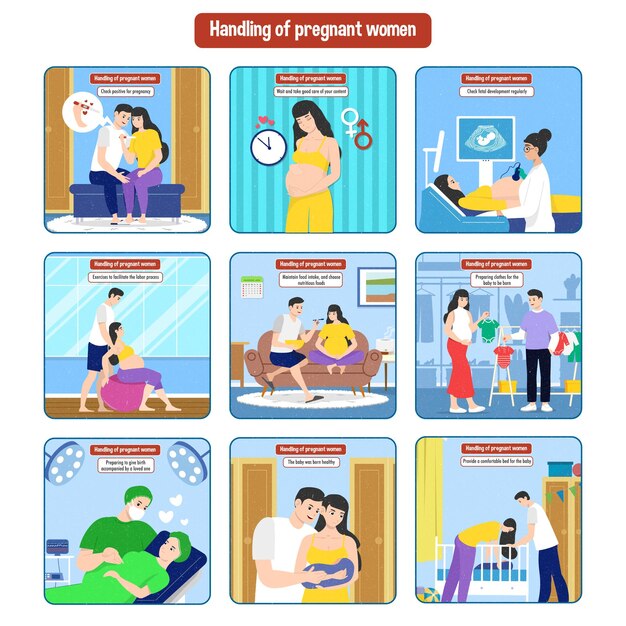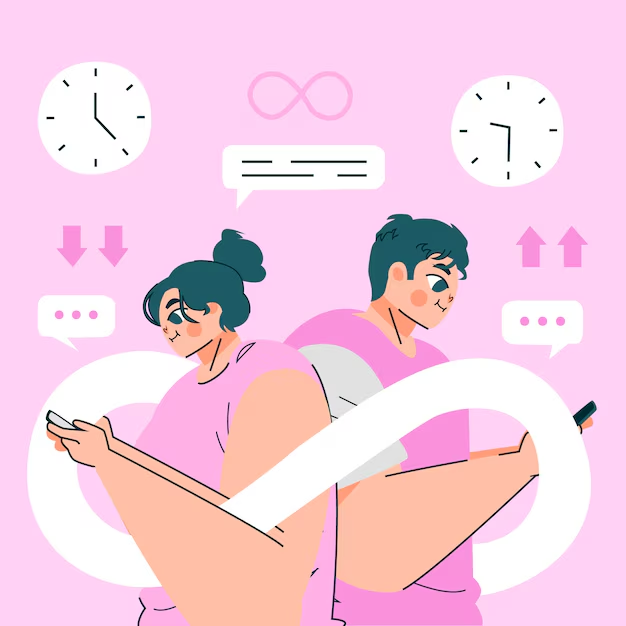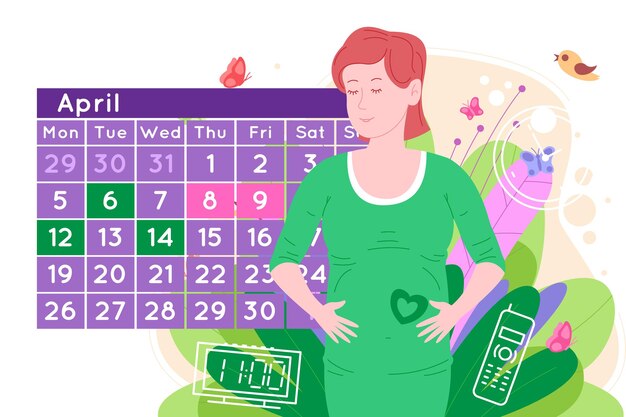Tracking your energy across the cycle

When it comes to your menstrual cycle, one of the most powerful tools you have is awareness. Many people think of periods as just a few inconvenient days each month — but in reality, your cycle is a full-body rhythm that influences your energy, mood, motivation, and physical performance throughout the month.
If you’ve ever wondered why one week you feel ready to run a marathon and the next you can barely roll out of bed, you’re not alone. These fluctuations aren’t random — they’re biologically driven. And once you start tracking them, you can use that insight to work with your body, not against it.
🌀 Why Track Energy Across Your Cycle?
Energy tracking isn’t about labeling days as "good" or "bad." It’s about understanding your natural ebb and flow so you can plan, move, and rest in ways that support your well-being — especially on painful or low-energy days.
When you align your exercise routine and movement choices with your hormonal phases, you’re more likely to feel:
-
Balanced and energized
-
Less frustrated with your body
-
More in tune with when to push and when to pause
📊 The Four Phases & What to Expect
1. Menstrual Phase (Days 1–5)
Hormones: Estrogen and progesterone are at their lowest.
Energy: Often low. You may feel tired, crampy, or withdrawn.
Best Movement: Gentle walks, stretching, restorative yoga, or rest.
Pro Tip: Track how your body feels each day of your period — notice when energy starts to return.
2. Follicular Phase (Days 6–13)
Hormones: Estrogen begins to rise.
Energy: Boosts in motivation, stamina, and clarity.
Best Movement: Try new workouts, strength training, cardio, or higher-intensity classes.
Pro Tip: This is a great time to build or reintroduce workout goals.
3. Ovulation Phase (Days 14–16)
Hormones: Estrogen peaks; testosterone briefly spikes.
Energy: Peak energy, confidence, and coordination.
Best Movement: High-intensity workouts, group classes, heavy lifts, dancing.
Pro Tip: Use this time to challenge yourself physically — your body can handle it!
4. Luteal Phase (Days 17–28)
Hormones: Progesterone rises, then falls.
Energy: Can dip, especially in the final days. You may feel slower, heavier, or irritable.
Best Movement: Moderate exercise early on (pilates, biking); slow it down as your period approaches (stretching, walking).
Pro Tip: Track when fatigue or pain begins — this helps plan lighter activity days and build compassion for yourself.
📝 How to Start Tracking Your Energy
-
Log it daily: Use a cycle tracking app or journal. Rate your energy on a scale (e.g., 1–10) and note your activity level.
-
Connect the dots: After 1–2 cycles, look back to see patterns. Which days do you feel most energized? When do you struggle with cramps or fatigue?
-
Adjust expectations: Plan tough workouts for high-energy phases and self-care routines for low ones.
🤸🏽♀️ Movement Isn’t One-Size-Fits-All
Painful days can be disheartening, especially if you're used to pushing through. But movement that aligns with your energy — even if it's slow and simple — is still movement. And respecting your body’s needs is a form of strength.
By tracking your energy across your cycle, you give yourself permission to move smarter, not harder.
Related Articles

Baby development at 39 weeks

Baby development at 37 weeks

Baby development at 35 weeks

Nutrition Tips for a Healthy First Trimester

The Ultimate Guide to Getting Pregnant: Fertility Tips, Timing, and Lifestyle Changes

The Relationship Between Exercise and Your Menstrual Cycle

Second Trimester (Weeks 13-26)

Baby development at 17 weeks